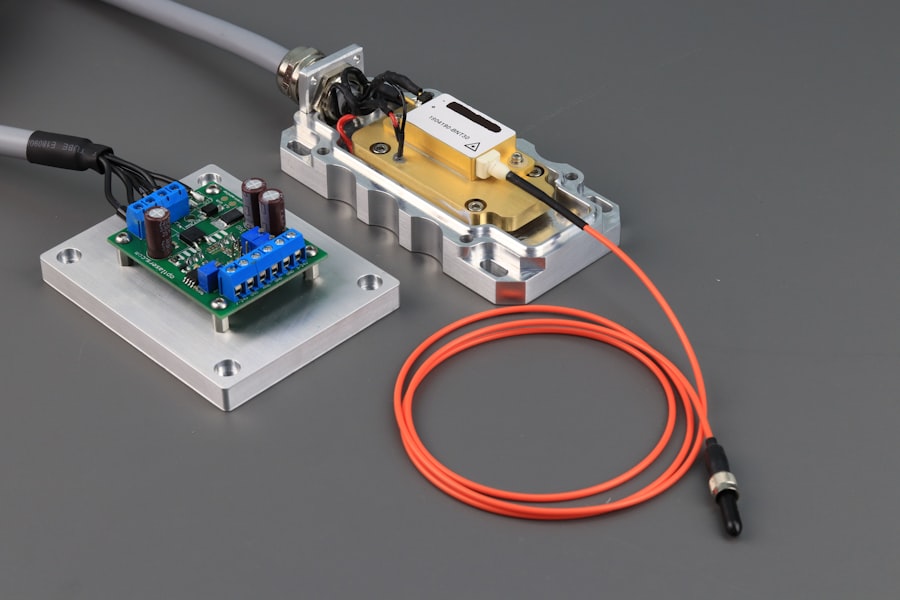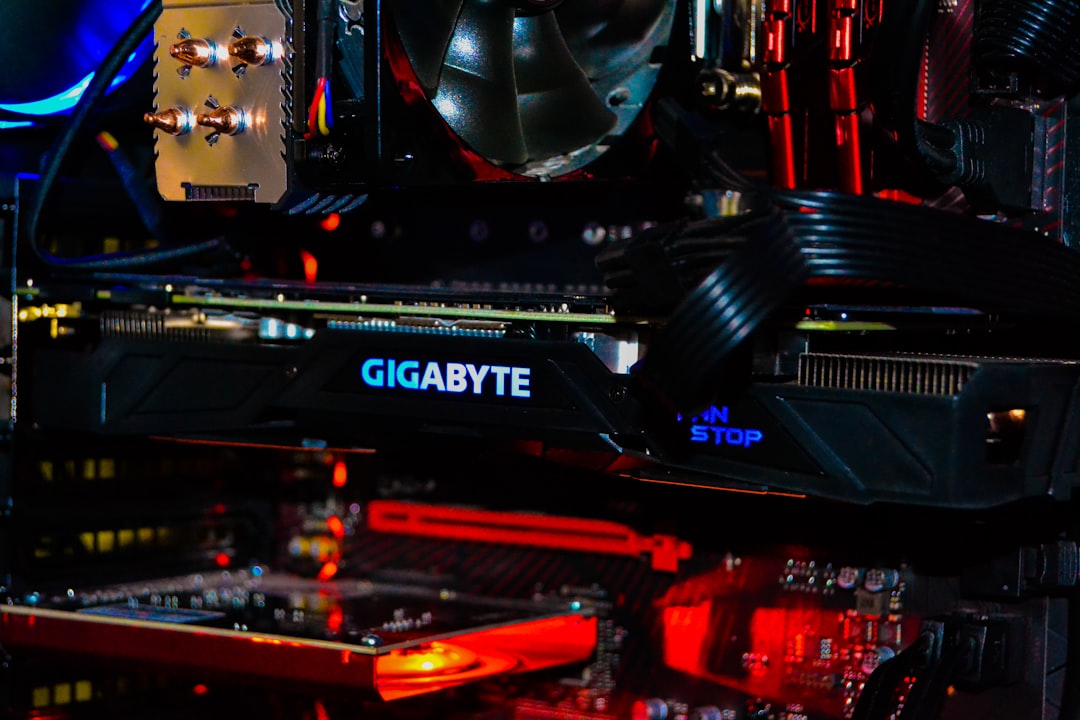Laser hair removal is a popular cosmetic procedure that has gained traction over the years due to its effectiveness and long-lasting results. At its core, this technique utilizes concentrated light beams to target hair follicles, effectively inhibiting future hair growth. The science behind this method is rooted in the principles of selective photothermolysis, which refers to the process where specific wavelengths of light are absorbed by particular chromophores—in this case, melanin in the hair.
By understanding this fundamental concept, you can appreciate how laser hair removal works and why it is a preferred choice for many seeking a more permanent solution to unwanted hair. The effectiveness of laser hair removal is largely dependent on the contrast between the color of your hair and the color of your skin. Darker hair absorbs more light energy than lighter hair, making it easier for the laser to target and destroy the hair follicle.
This means that individuals with light skin and dark hair typically experience the best results. However, advancements in technology have led to the development of lasers that can effectively treat a wider range of skin tones and hair colors. As you delve deeper into the science behind this procedure, you will find that it is not just about aesthetics; it also involves a complex interplay of biology and technology that has been refined over decades.
Key Takeaways
- Laser hair removal targets hair follicles with concentrated light energy to inhibit future hair growth
- Melanin, the pigment in hair and skin, absorbs the light energy from the laser to effectively target hair follicles
- Different types of laser hair removal devices include diode, alexandrite, and Nd:YAG lasers, each with unique benefits and considerations
- Laser hair removal is generally safe and effective, but it may not work for everyone and can cause temporary side effects like redness and swelling
- Before laser hair removal treatment, it’s important to avoid sun exposure and certain hair removal methods to ensure the best results and minimize potential risks
How Laser Hair Removal Works
How the Procedure Works
The procedure is designed to target hair in its active growth phase, known as the anagen phase, which is why multiple sessions are often required to achieve optimal results. During your treatment, you may feel a sensation similar to a rubber band snapping against your skin as the laser pulses. While this can be uncomfortable for some, most devices are equipped with cooling mechanisms to minimize discomfort.
Treatment Session Details
The duration of each session can vary depending on the size of the area being treated; smaller areas like the upper lip may take just a few minutes, while larger areas like the legs may require up to an hour.
Setting Realistic Expectations
Understanding how laser hair removal works can help you set realistic expectations for your treatment journey.
The Role of Melanin in Laser Hair Removal
Melanin plays a crucial role in the effectiveness of laser hair removal. This natural pigment is responsible for the color of your skin and hair, and its presence significantly influences how well the laser can target hair follicles. In essence, the more melanin present in your hair, the more effective the laser treatment will be.
This is because darker hair absorbs more light energy than lighter shades, allowing for better heat generation and follicle destruction. However, melanin in your skin can also pose challenges during treatment. If your skin tone is too dark, there is a risk that the laser may inadvertently target your skin instead of just the hair follicles, leading to potential burns or discoloration.
This is why it’s essential to consult with a qualified practitioner who can assess your individual characteristics and choose the appropriate laser type for your specific needs. By understanding the role of melanin in this process, you can make informed decisions about whether laser hair removal is right for you.
Different Types of Laser Hair Removal Devices
| Device Type | Technology | Suitable Skin Types | Treatment Areas |
|---|---|---|---|
| Diode Laser | Diode laser technology | Light to medium skin tones | Large areas like legs, back, and chest |
| Alexandrite Laser | Alexandrite crystal technology | Light to olive skin tones | Large areas and smaller, more sensitive areas |
| ND:YAG Laser | ND:YAG technology | All skin types, including tanned skin | Large areas and for hair removal on darker skin tones |
| Ruby Laser | Ruby crystal technology | Light skin tones | Small areas like the face and bikini line |
There are several types of laser devices used for hair removal, each designed to cater to different skin types and hair colors. The most common types include Alexandrite lasers, Diode lasers, Nd:YAG lasers, and Ruby lasers. Alexandrite lasers are known for their speed and effectiveness on lighter skin tones with dark hair.
They emit a wavelength that is well-absorbed by melanin, making them particularly efficient for this demographic.
They operate at a longer wavelength, which allows them to penetrate deeper into the skin while minimizing damage to surrounding tissues.
Nd:YAG lasers are another option that is particularly effective for darker skin tones due to their longer wavelength and lower absorption by melanin in the skin. Ruby lasers, while less commonly used today, are effective for lighter skin types but may not be suitable for all individuals. Understanding these different types of devices can help you choose a clinic that offers the best technology suited for your needs.
Safety and Effectiveness of Laser Hair Removal
When considering any cosmetic procedure, safety and effectiveness are paramount concerns. Laser hair removal has been extensively studied and is generally considered safe when performed by trained professionals. Side effects are typically minimal and may include temporary redness or swelling in the treated area.
Serious complications are rare but can occur if proper protocols are not followed or if an unqualified practitioner administers the treatment. Effectiveness varies from person to person based on factors such as hair color, skin type, and hormonal influences. Most individuals experience significant reduction in hair growth after a series of treatments; however, some may require maintenance sessions to sustain results over time.
It’s essential to have realistic expectations and understand that while laser hair removal can lead to long-lasting results, it may not guarantee complete permanent hair removal for everyone.
Preparing for Laser Hair Removal Treatment

Pre-Treatment Consultation
During the consultation, you will have the opportunity to discuss your medical history, skin type, and any medications you may be taking with your practitioner. This is also a great time to ask questions and address any concerns you might have about the procedure.
Preparation in the Weeks Leading Up to Treatment
In the weeks leading up to your treatment, it’s advisable to avoid sun exposure and tanning beds, as tanned skin can increase the risk of complications during treatment. Additionally, refrain from waxing or plucking hairs in the area you wish to treat for at least four weeks prior to your appointment.
Optimizing Treatment Results
By taking these preparatory steps seriously, you can enhance both your safety and the effectiveness of your laser hair removal sessions. Shaving is usually recommended instead of waxing or plucking, as it leaves the hair follicle intact while removing surface hair.
What to Expect During and After Laser Hair Removal
During your laser hair removal session, you will likely be asked to wear protective eyewear to shield your eyes from the laser light. Your practitioner will then apply a cooling gel or device to help protect your skin and minimize discomfort during treatment. As each pulse of the laser targets your hair follicles, you may feel a brief sensation akin to a rubber band snapping against your skin.
After your session, it’s common to experience some redness or swelling in the treated area; however, these symptoms typically subside within a few hours. You may also notice some shedding of hairs in the days following treatment as they fall out from their follicles. It’s important to follow any aftercare instructions provided by your practitioner to ensure optimal healing and results.
Maintenance and Aftercare for Laser Hair Removal
Post-treatment care plays a significant role in maintaining the results of your laser hair removal sessions. After each treatment, avoid sun exposure on the treated areas for at least two weeks; if you must go outside, apply a broad-spectrum sunscreen with an SPF of 30 or higher to protect your skin from UV damage. Additionally, refrain from using harsh skincare products or exfoliants on the treated area until it has fully healed.
Most individuals will require multiple sessions spaced several weeks apart to achieve optimal results; maintenance treatments may also be necessary every six months to a year depending on individual factors such as hormonal changes or new hair growth cycles. By adhering to these aftercare guidelines and attending follow-up appointments as recommended by your practitioner, you can enjoy smooth skin free from unwanted hair for an extended period. In conclusion, understanding laser hair removal involves delving into its scientific principles, mechanisms of action, and practical considerations for safety and effectiveness.
By preparing adequately and following aftercare instructions diligently, you can maximize your results and enjoy the benefits of this innovative cosmetic procedure.
If you are interested in learning more about laser hair removal, you may want to check out the blog section of the In Laser Hair Removal website. They offer a variety of articles discussing different aspects of the procedure, including its benefits, side effects, and effectiveness.






